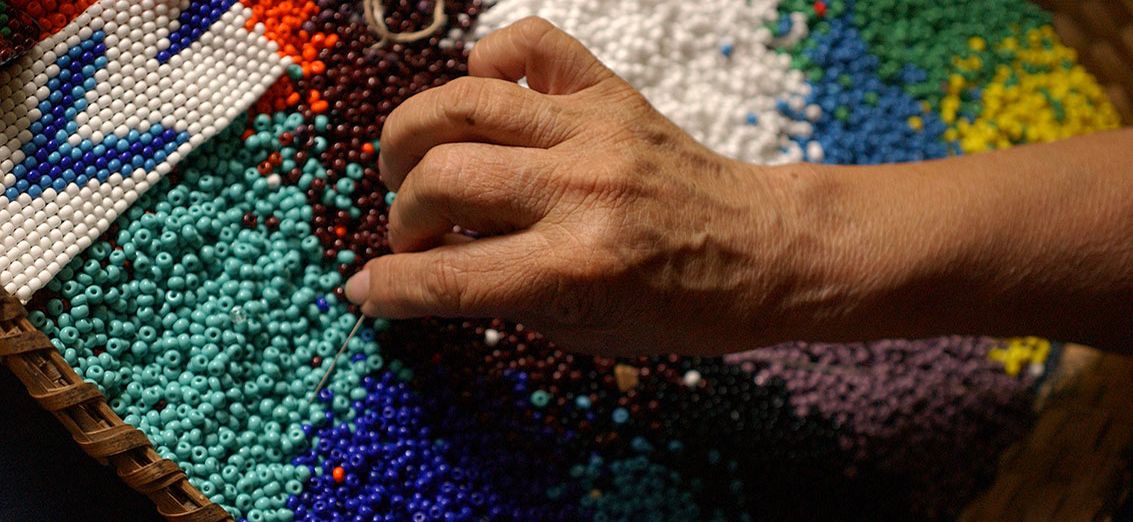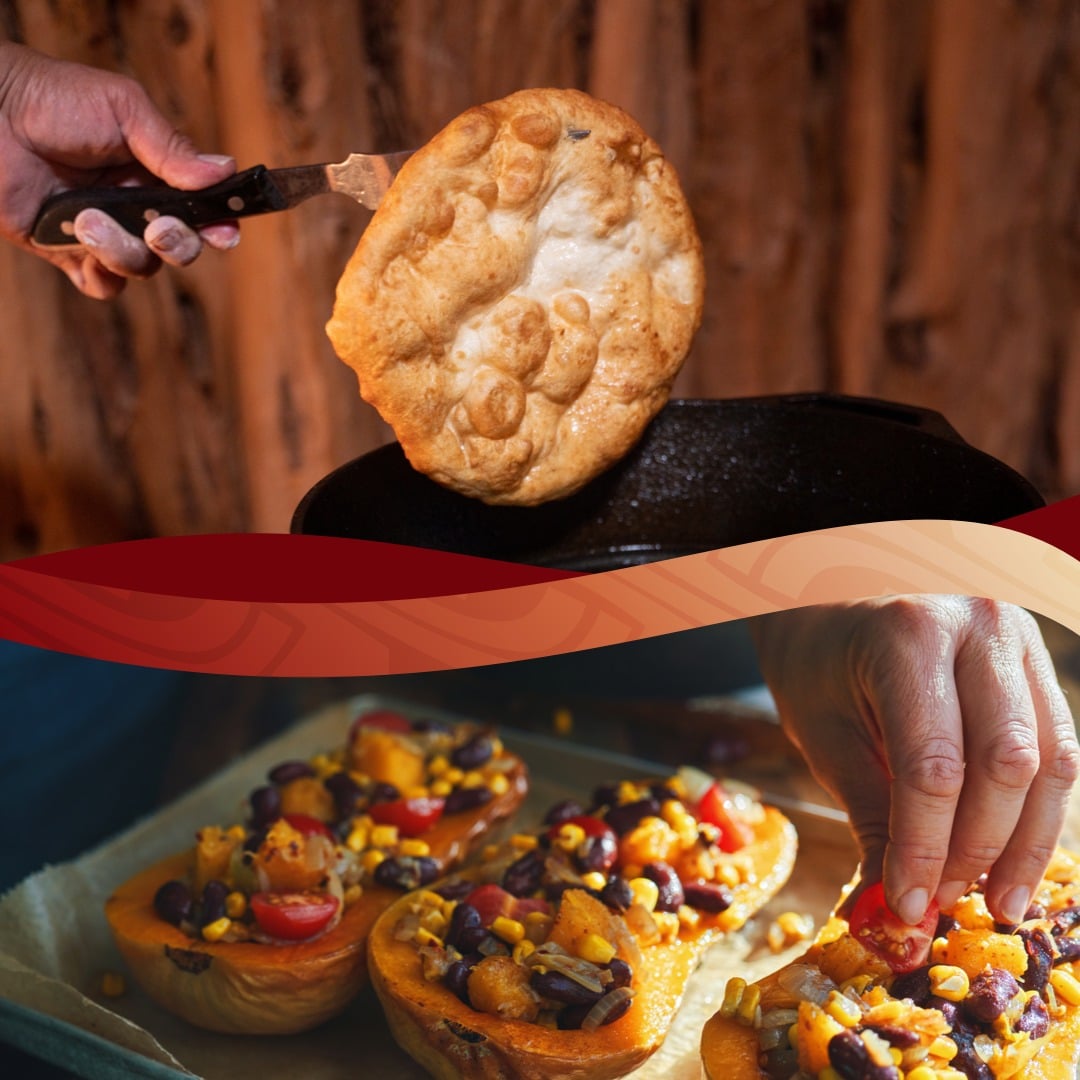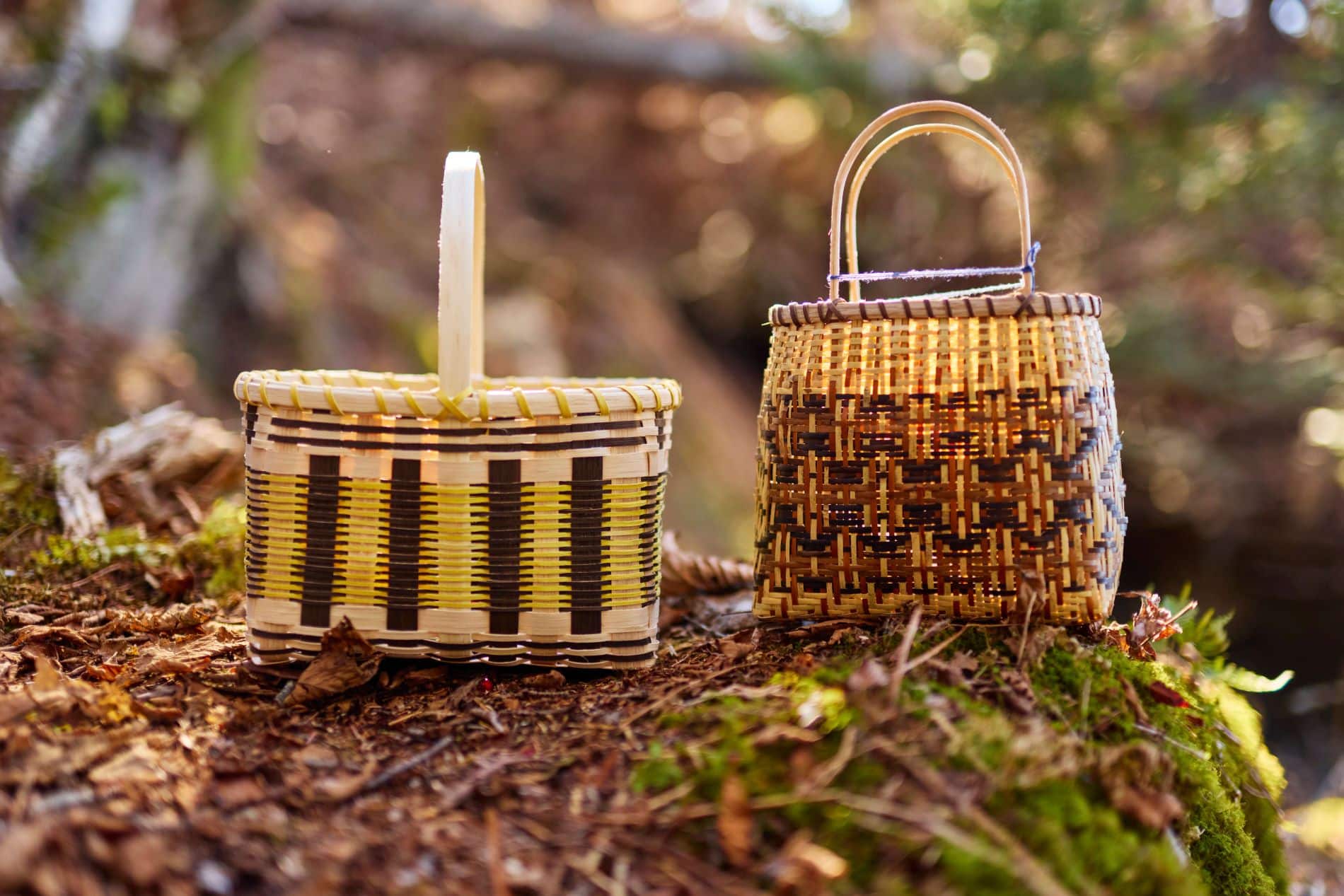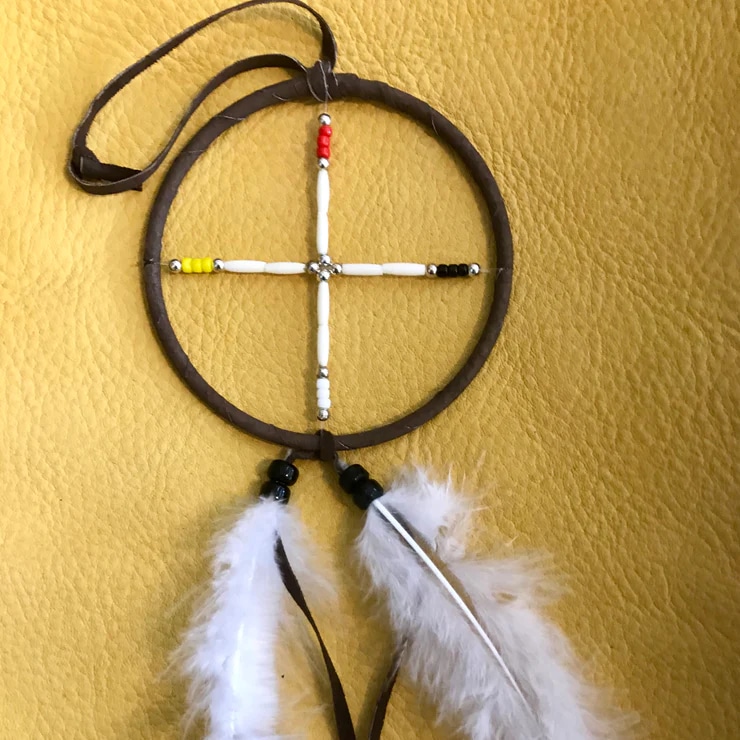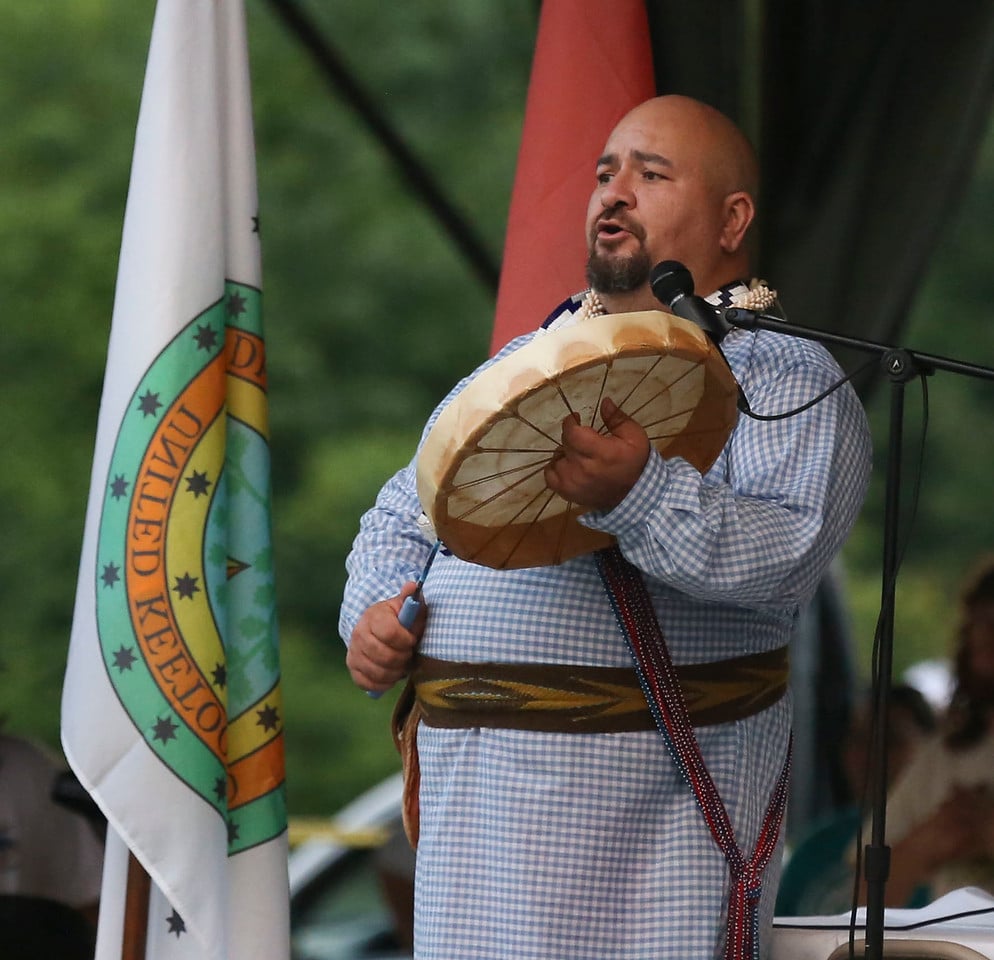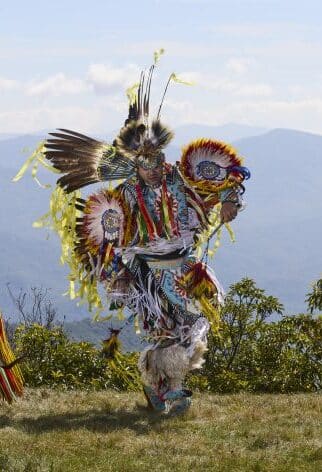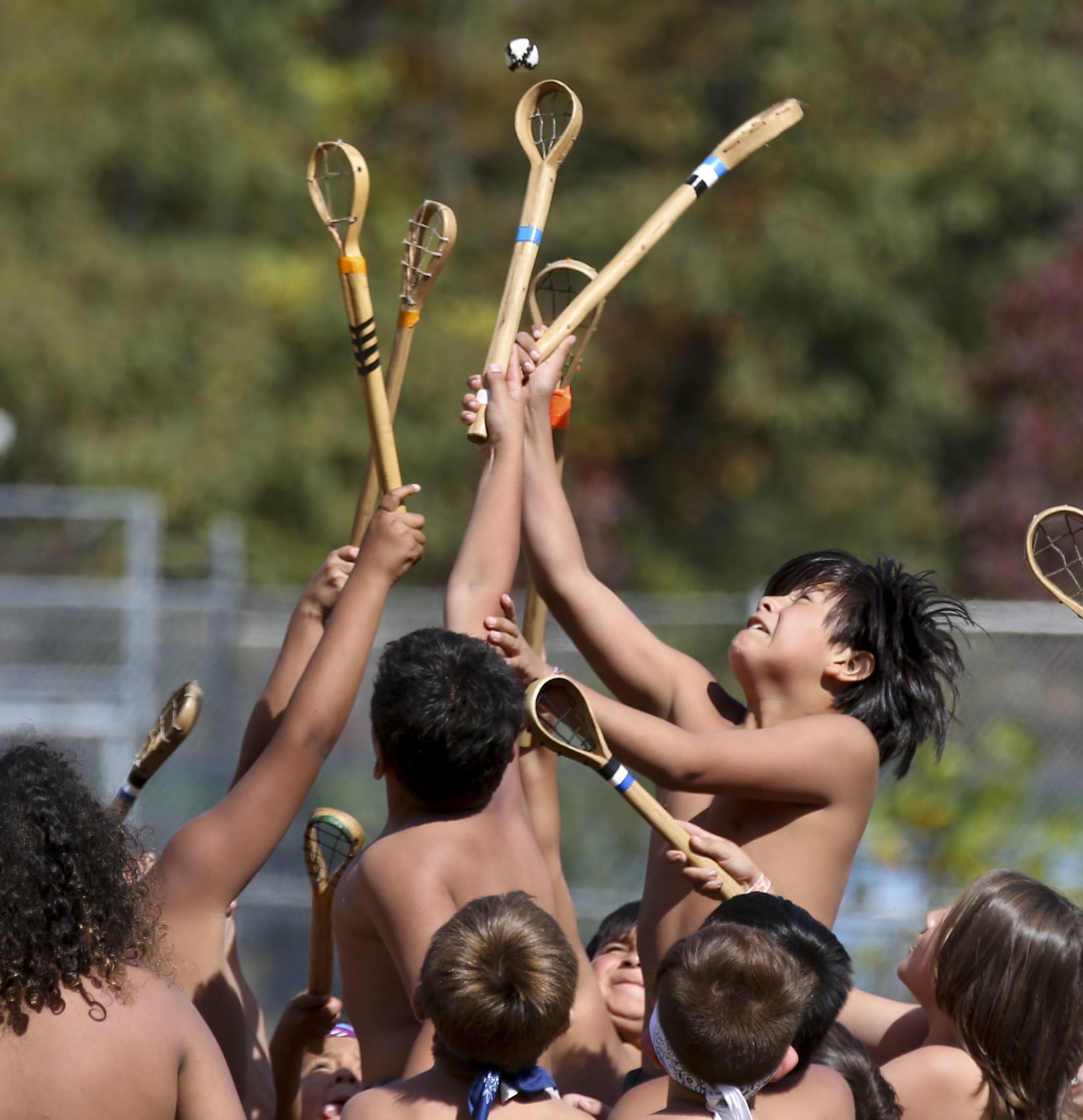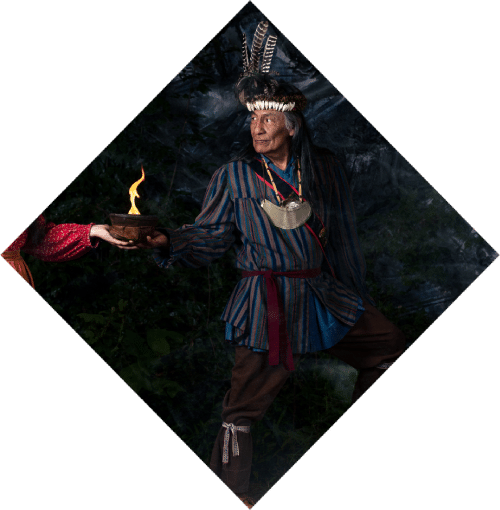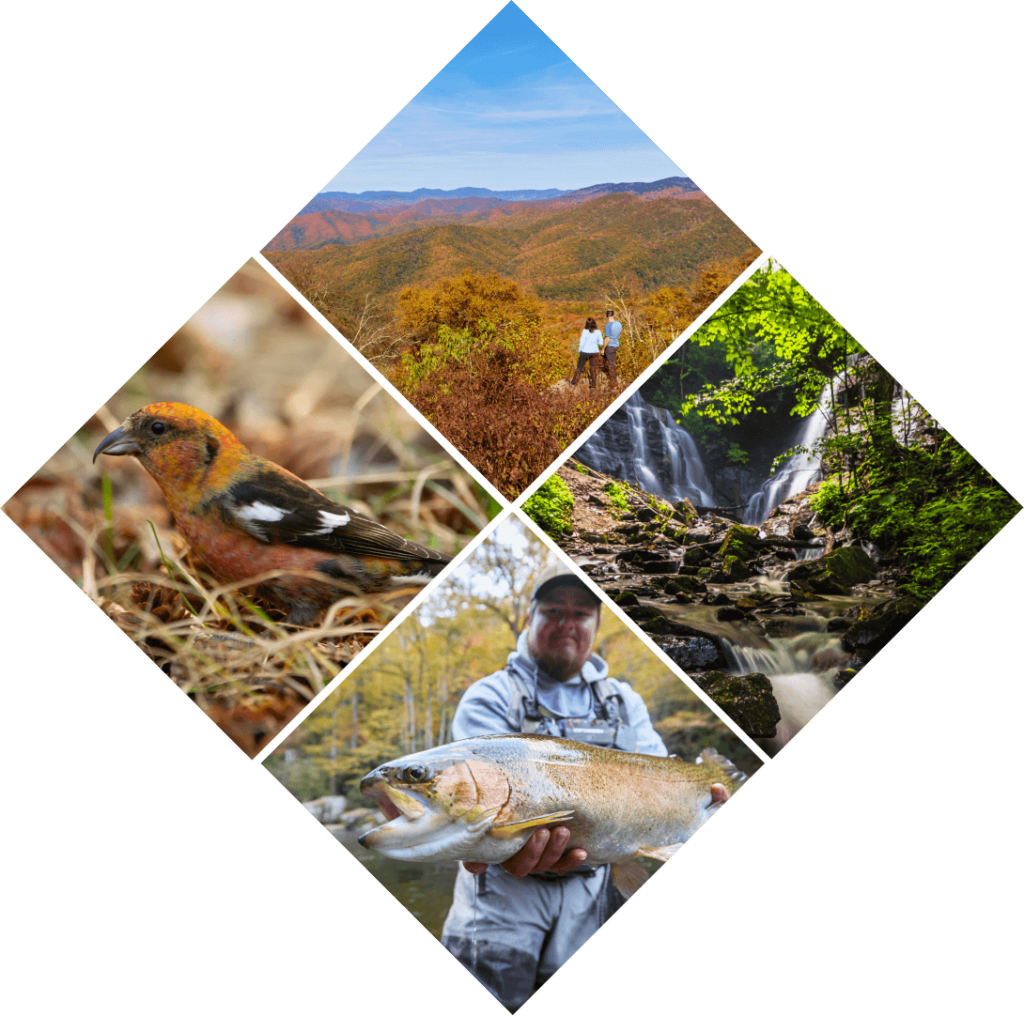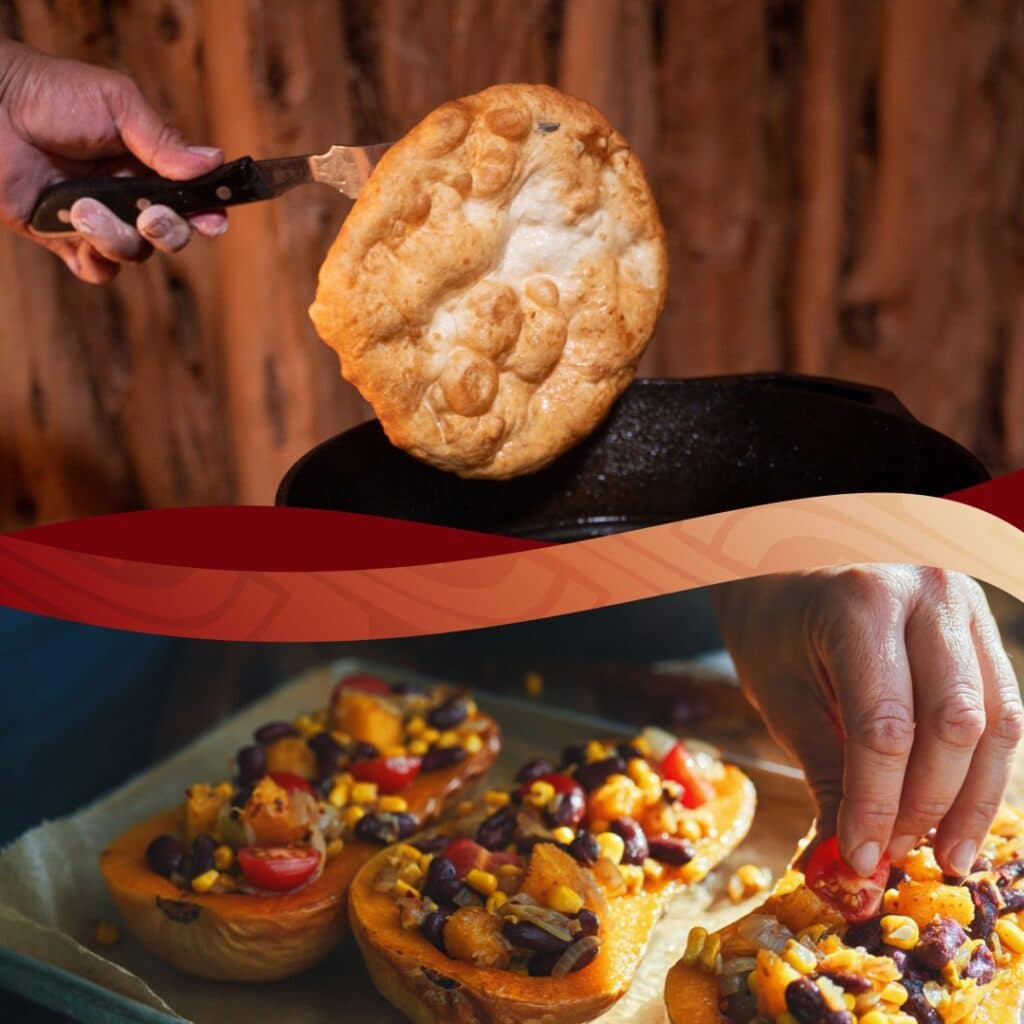
Savoring the Rich Flavors of Cherokee food
What Traditional and Modern Food Do the Cherokee Indians Eat?
Traditional Cherokee Food
Community is an important part of Cherokee culture, from ancient times until now, and food has always been a way to bring the community together. Many tribal social activities and interactions are centered around sharing meals and spending time together still today.
What Did the Cherokee Indians Eat?
Originally, before European contact, the Cherokee people lived throughout the Blue Ridge and Smoky Mountains. The tribal diet commonly consisted of foods that were either gathered, grown, or hunted. The three sisters – corn, beans, and squash – were grown. Wild greens, mushrooms, ramps, nuts, and berries were collected. Deer, bears, birds, native fish, squirrels, groundhogs, and rabbits were all hunted. In the pre-contact era, many meals were one-pot stews made over an open fire. After contact, the tribe also began to grow fruit like watermelons and peaches and to eat farm animals like chicken, pigs, and cows. Cherokee food traditions not only teach you how to gather, hunt, and grow, but also how to store and preserve certain foods. Prior to the introduction of metal, cooking vessels were made of clay. Food was also sometimes buried in hot coals to cook.
Modern Cherokee Food
In today’s modern age, food in Cherokee is as diverse as anywhere else. Many foods are prepared by grilling, frying, boiling, baking, and occasionally over an open fire. Cherokee people still eat the three sisters and grow a variety of vegetables and fruits. People also get together for hot dogs, hamburgers, BBQ, turkey, ham, steaks, fish, etc. One more modern, local favorite is shared by many people in the Qualla Boundary and beyond: it is called fry bread.
Fry Bread – A Local Favorite
Fry bread is a modern tradition found in many tribes in North America, and, in Cherokee, there is a wide variety of recipes. Each person typically has their own recipe and preparation tricks. To make fry bread, sections of the dough must be pressed flat, and a hole is made in the center. The dough is then placed in hot oil and fried on each side until it is a golden brown. Fry bread can be eaten plain or with toppings like cheese, chili, hot sauce, hot peppers, lettuce, tomato, onion, sour cream, salsa, and more. It can also be used to create really delicious sweet treats when powdered sugar, honey, apple butter, or fresh berries are added.
Harmony on A Plate: Ramps and Rainbow Trout
Ramps and rainbow trout, with their role in both sustenance and tradition, contribute to the cultural fabric, reflecting the deep relationship between the Cherokee people and their natural surroundings.
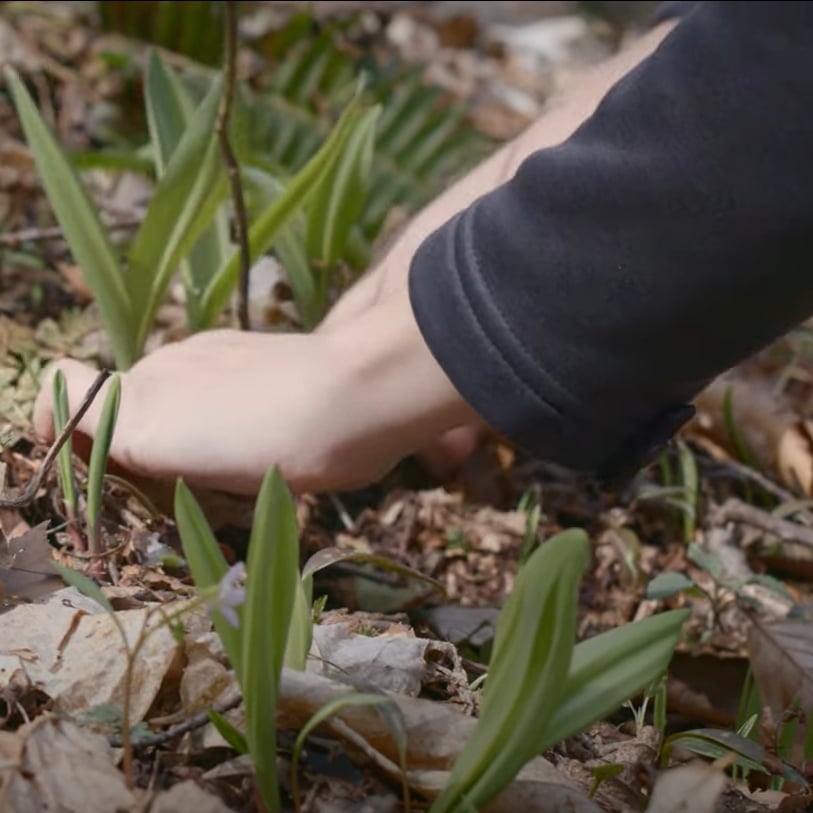
What are Ramps?
For the uninitiated, ramps are a type of wild onion, sometimes called “mountain leeks,“ and are one of the first green vegetables to appear in springtime in the Appalachian Mountains. Ramps are prized for their unique flavor, tasting like a mix between onion and garlic, and they’re only available for a few weeks each season, making them highly desirable to chefs and foodies across the country. As a green, ramps are delicate. Fresh, they only last a couple of days, although they can be pickled or frozen for longer enjoyment.
Local Cherokee members gather the wild ramps from their family ramp patches in locations that are kept secret. Carefully, they harvest the young tips, leaving the roots intact so that the plants continue to grow. For Cherokee, ramps are so much more than a gourmet onion–they are an important part of their history and culture. For over 12,000 years, Cherokee have ceremoniously gathered ramps each spring for eating and cooking, as well as for medicinal purposes due to their high levels of vitamin C and antibiotic properties.
Watch this very informative video about ramps from The Museum of the Cherokee People. For even more information on foraging and gathering, check out the YouTube Video Series.
Rainbows Stretching Over 30 Miles
While ramps are somewhat fleeting, rainbow trout courses through the rivers in and around Cherokee, and can be easily caught with a permit. Cherokee Fisheries and Wildlife Management stocks 30 miles of mountain streams twice weekly, and there are wild varieties in the mix as well. For anglers, the Rainbow and Ramps festival marks the official start of the fishing season, and a chance to compete for $20,000 in tagged fish in the Opening Day Fishing Competition.
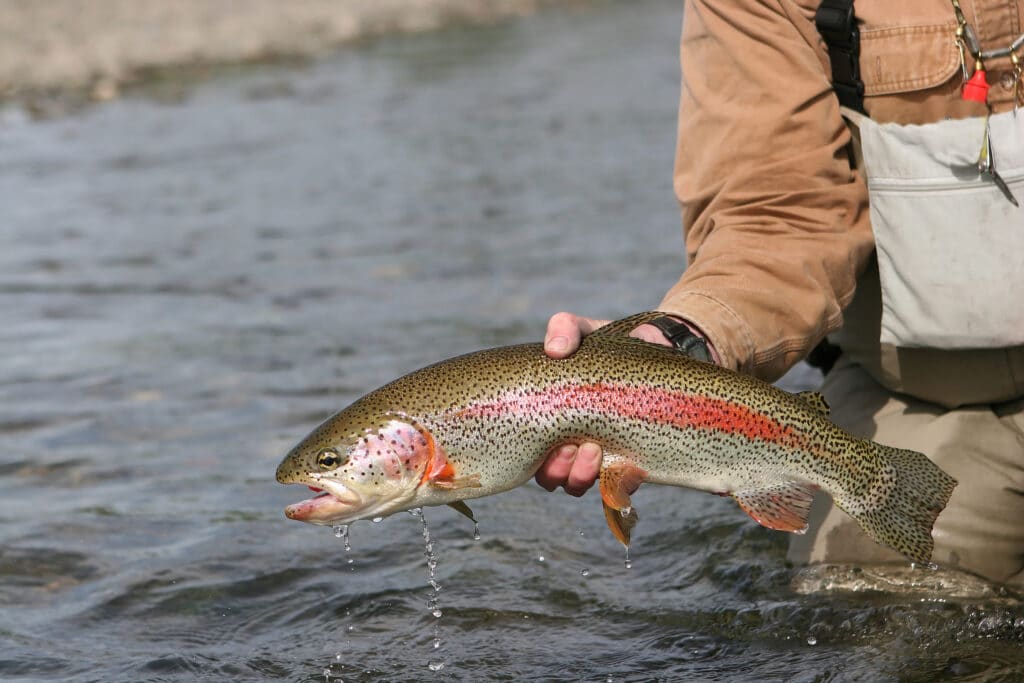
Delve into the rich tapestry of the Cherokee people
Explore our curated collection of information on Cherokee traditions and heritage .

